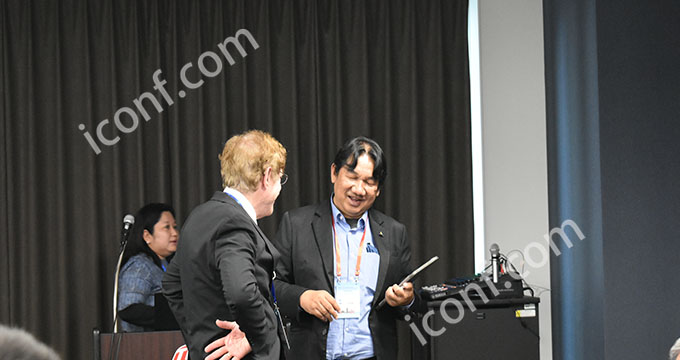The paper review process for IEEE conferences is rigorous, designed to uphold high academic and technical standards. Understanding these review criteria can help you craft a submission that meets or exceeds expectations. This guide outlines the common evaluation standards applied to IEEE conference papers and provides actionable tips for improving your submission.

1. Key IEEE Review Criteria
A. Originality and Novelty
- Definition: Does the paper present new ideas, methods, or findings?
- What Reviewers Look For:
- Research that fills a gap in the current body of knowledge.
- Unique perspectives or approaches to solving a problem.
- Tips:
- Clearly articulate how your work is different from previous studies.
- Include a thorough literature review to highlight gaps your work addresses.
B. Relevance to the Conference Theme
- Definition: Does the paper align with the topics and objectives of the conference?
- What Reviewers Look For:
- A strong connection between your paper and the conference tracks.
- Relevance of the problem and solutions discussed to the field.
- Tips:
- Review the Call for Papers (CFP) to ensure alignment with the conference themes.
- Use keywords from the CFP in your abstract and introduction.
C. Technical Depth and Accuracy
- Definition: Are the methods and results technically sound?
- What Reviewers Look For:
- Accurate and well-supported findings.
- Appropriate use of methodologies and tools.
- Tips:
- Double-check calculations, data, and references.
- Use established methodologies and explain why they are appropriate.
D. Clarity and Organization
- Definition: Is the paper well-structured and easy to understand?
- What Reviewers Look For:
- Logical flow of ideas from introduction to conclusion.
- Clear explanations of complex concepts.
- Tips:
- Use headings and subheadings to organize your content.
- Write concise sentences and use figures or tables to clarify points.
E. Contribution to the Field
- Definition: Does the paper make a significant contribution to research or practice?
- What Reviewers Look For:
- Practical applications or theoretical advancements.
- How the work advances the state of the art in the field.
- Tips:
- Explicitly state the significance of your findings in the introduction and conclusion.
- Provide evidence or examples of potential applications.
F. Quality of Results and Analysis
- Definition: Are the results robust and appropriately analyzed?
- What Reviewers Look For:
- Statistical significance and validity of results.
- Depth of analysis and interpretation.
- Tips:
- Use clear, labeled figures and tables to present results.
- Discuss possible limitations or alternative interpretations.
G. Adherence to Formatting Guidelines
- Definition: Does the paper follow IEEE formatting rules?
- What Reviewers Look For:
- Correct use of the IEEE template.
- Proper citations and references.
- Tips:
- Download and use the official IEEE paper template.
- Format citations and references according to IEEE standards.
2. Additional Review Considerations
A. Ethical Standards
- Papers must meet ethical standards, such as proper citations and acknowledgment of collaborators.
B. Language and Grammar
- Poor grammar or unclear language can negatively impact reviews, even if the technical content is strong.
C. Timeliness of Research
- Research should address current issues or emerging trends in the field.
3. Scoring and Reviewer Feedback
- Reviewers typically score papers on a numerical scale (e.g., 1–5) for each criterion.
- Comments may highlight strengths, weaknesses, and suggestions for improvement.
4. Tips for Meeting IEEE Standards
A. Pre-Submission Checklist
- Use a checklist to ensure your paper meets all criteria before submission.
B. Peer Review Before Submission
- Have colleagues or mentors review your paper to identify issues early.
C. Address Reviewers’ Comments
- If revisions are requested, address all feedback thoroughly before resubmitting.
Conclusion
Understanding the IEEE paper review standards can significantly improve your chances of acceptance. Focus on originality, technical rigor, and clarity to create a paper that stands out. Following these guidelines will help you successfully navigate the review process and contribute meaningfully to your field.
For more tips on IEEE conference participation, visit iconf.com.


